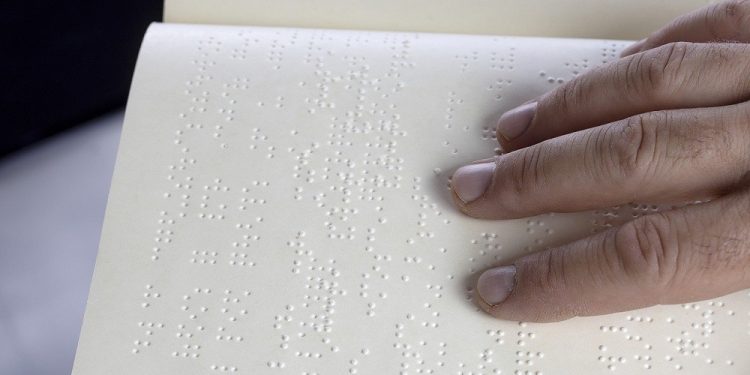
World Braille Day
World Braille Day is celebrated on January 4th, the birthday of Louis Braille. Louis Braille was the inventor of the system for reading and writing used by millions of partially sighted and blind people all over the world. It’s a day when people can take the time to learn more about Braille and the issues currently facing blind people.
By the middle of the 21st century, the number of blind people in the world is predicted to rise to as high as 115-120 million. Some of the challenges faced by blind and partially sighted individuals include handling cash, using computers, and navigating public transportation hubs.
The History of World Braille Day
This holiday was first observed in 2009 when the World Blind Union celebrated the 200th birthday of Louis Braille. Louis Braille was born on January 4, 1809, in France and would end up losing his sight at the age of three due to an accident in his father’s harness shop.
Later in his childhood, he attended the National Institute for Blind Youth in Paris. While there, at the age of ten, he met a captain in Napoleon’s army named Charles Barbier.
Captain Barbier taught the students at the school about Night Writing—a communication code using dots. Louis Braille used this information to create a 6-dot system that he could read with his fingertips. He was only 15 years old at the time.
The Braille system was adopted by France’s Royal Institute for Blind Youth in 1852—two years after Louis Braille had died. It quickly spread across Europe and by 1916, Braille was being taught to blind students in the United States.
Facts You May Not Know About Braille
Over the course of our research, we’ve come across some interesting facts about Braille. We decided to share some of these facts below so you too can share them on World Braille Day.
- In 1999, NASA’s Deep Space 1 probe flew past an asteroid en route to the Borrelly comet. In honor of Louis Braille, NASA named it 9969 Braille.
- Because Braille uses more space than a traditional alphabet in a language such as English, books written in Braille are larger than ordinary books.
- There are Braille alphabets not only for English but also for Arabic, Hebrew, Chinese, Spanish, and many other languages.
- There are two versions of Braille: Uncontracted and Contracted. In Uncontracted Braille, every word is spelled out. In Contracted Braille, shorthand versions of words are used.
Observing World Braille Day
World Braille Day can be observed by learning more about Louis Braille and the system he invented. It’s also a good day for a person to learn how to read Braille, learn about the challenges facing the blind, or by using the hashtag #WorldBrailleDay to spread the word about this holiday.








